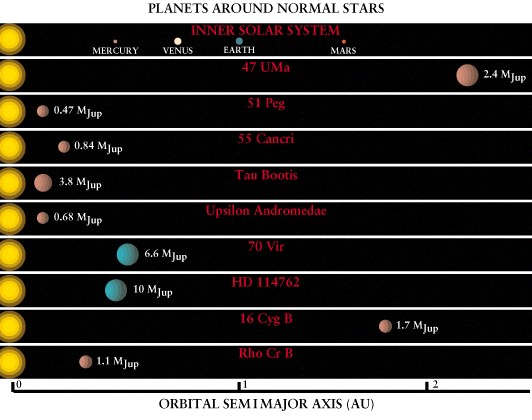Formation of the
Solar System
Printable
version
February 22, 2000
Announcements
-
TURN IN HOMEWORK
#2
-
QUIZ THIS WEEK IN
DISCUSSION SECTION
-
Covers chapters 1-6
-
22 multiple choice
test problems (similar to midterm/final)
-
1 longer answer like
homework (worth 3 multiple-choice problems)
A Spectrum
is worth 1000 pictures
-
Spectral lines reveal:
-
Chemical composition
-
Temperature
-
Relative speed
-
Examples
-
Saturn's moon Titan
has methane (CH4)
-
Europa has water
ice
Text Figure 5-7: Electromagnetic
Spectrum
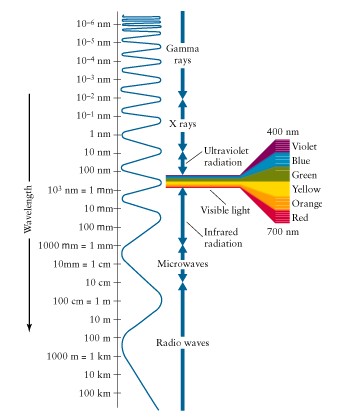
Textbook
Figure 7-5b: Titan reflection geometry
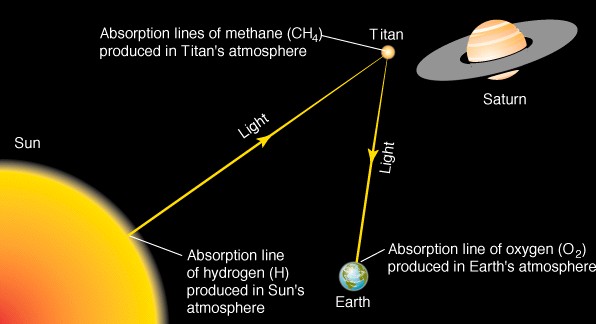
Textbook
Figure 7-5a: Titan spectrum
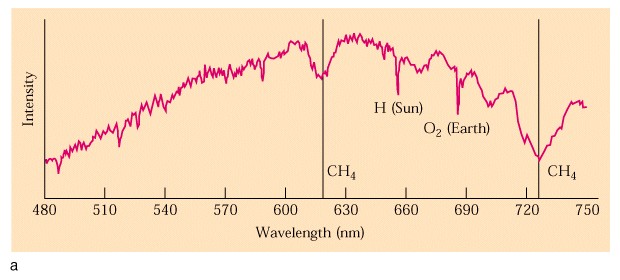
Textbook
Figure 7-6: Europa Spectrum
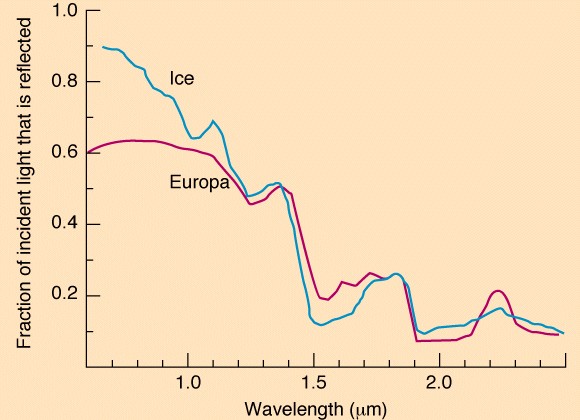
Chemical
Compositions of Planets
-
Jovian planets are
mostly Hydrogen and Helium (gasses)
-
Terrestrial planets
are mostly heavy elements like:
-
Iron (Fe)
-
Silicon (Si)
-
Magnesium (Mg)
-
Sulfur (S)
-
Nickel (Ni)
Textbook
Figure in Box 5-4: Periodic table

Textbook
Figures 7-7 and 7-8: Jupiter and Mars
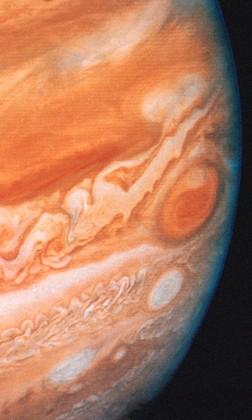
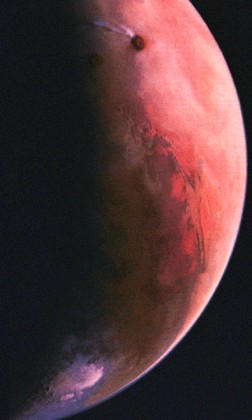
Where Heavy
Elements Come From
-
(we care because
we are made up of them)
-
The Universe was
formed in the Big Bang
-
After a cooling off
period,
hydrogen and helium were the dominant materials
-
Clumps of gas started
to form (self gravity)
-
Large clumps contracted
to become galaxies,
-
Clumps within the
galaxies contracted to become stars
-
Certain types of
stars don't live very long, die violent deaths (Supernova)
-
Supernova
events create and disperse the heavy elements
-
We are recycled
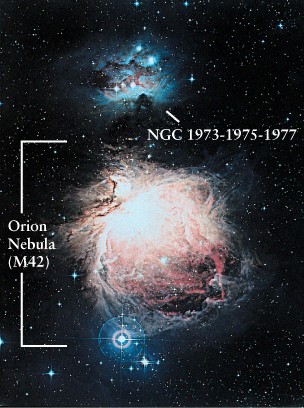
The Solar
Nebula
-
The solar system
formed from a clump of gas
-
There was enough
gas to self gravitate
-
As gas clump contracted,
it got hotter
-
Gas at center got
hottest
-
Analogy: lecture
hall in summer
-
became protosun
-
Gas doesn't all head
perfectly to center
-
As gas contracts,
spins faster
-
Conservation of angular
momentum (ice skater illustration)
-
Spinning faster causes
disk shape
-
We see stars forming
in other nebulae
-
Disks called protoplanetary
disks (proplyds)
Formation of early
solar system
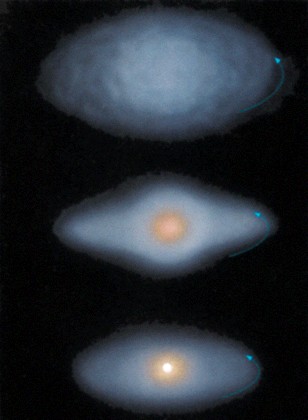
Orion Nebula
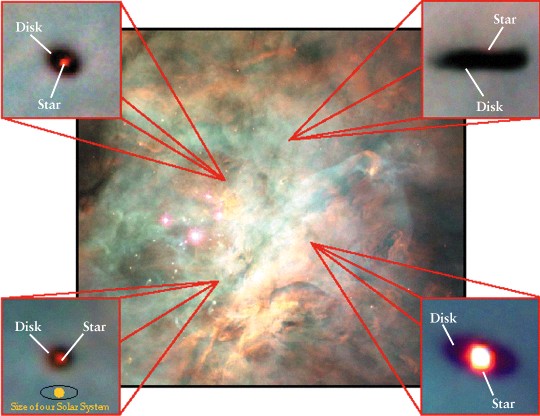
Formation of
Planets
-
The solar protoplanetary
disk had clumps
-
Clumps merged to
become planetesimals
-
Small planetesimals
accreted onto larger ones which became protoplanets
-
Protoplanets merged
to become planets as we know them (more or less)
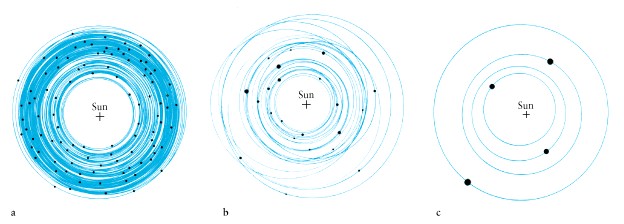
Phases of Matter
-
solids--molecules/atoms
locked in
-
liquids--molecules/atoms
loosely associated
-
gas--each
molecule/atom independent
-
plasma--atoms
knocking the electrons out of each other
Terrestrial
Planets Ended up Rocky
-
Why did some protoplanets
turn into terrestrial planets, others into Jovian planets?
-
Protoplanets close
to protosun were hotter
-
Materials with low
melting points remained in gas phase (phases of matter
primer)
-
Water (H2O)
-
Methane (CH4)
-
Ammonia (NH3)
-
Gasses did not stick
to early protoplanets (too small, gravity too weak)
-
Materials with high
melting points were solid and stayed behind
-
rock
-
iron
-
silicates (sand)
Jovian Planets
are Gassy
-
Further from protosun
-
Colder
-
Protoplanets could
use ices (e.g. water, Ammonia) as building blocks
-
Big enough to accrete
gas
-
Lots of gas around
so planets got BIG
Textbook
Figure 7-3: The Sun and the Planets to Scale
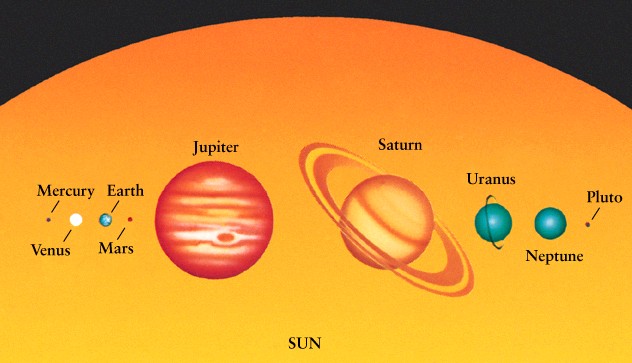
Review of
Solar System Formation
-
Big bang -- Universe
mostly hydrogen and helium
-
Big clumps form galaxies
-
Clumps in galaxies
form stars
-
Some stars blow up
(Supernova) creating and distributing heavier elements
-
Material re-clumps,
starts rotating, forms protoplanetary disk
-
Clumping in disk
forms/of planetesimals
-
Planetesimals form
protoplanets
-
Outer protoplanets
accrete gas
-
Sun burps (T-Tauri
wind) which clears remaining gas out of solar system
Some planetesimals
still left
-
Asteroids, aka. minor
planets
-
Comets (e.g. Hale-Bopp,
Halley)
-
Meteorites
Eros -- check out
the Near Earth Asteroid Rendezvous (NEAR)
website

Comet Hale-Bopp
optical
image
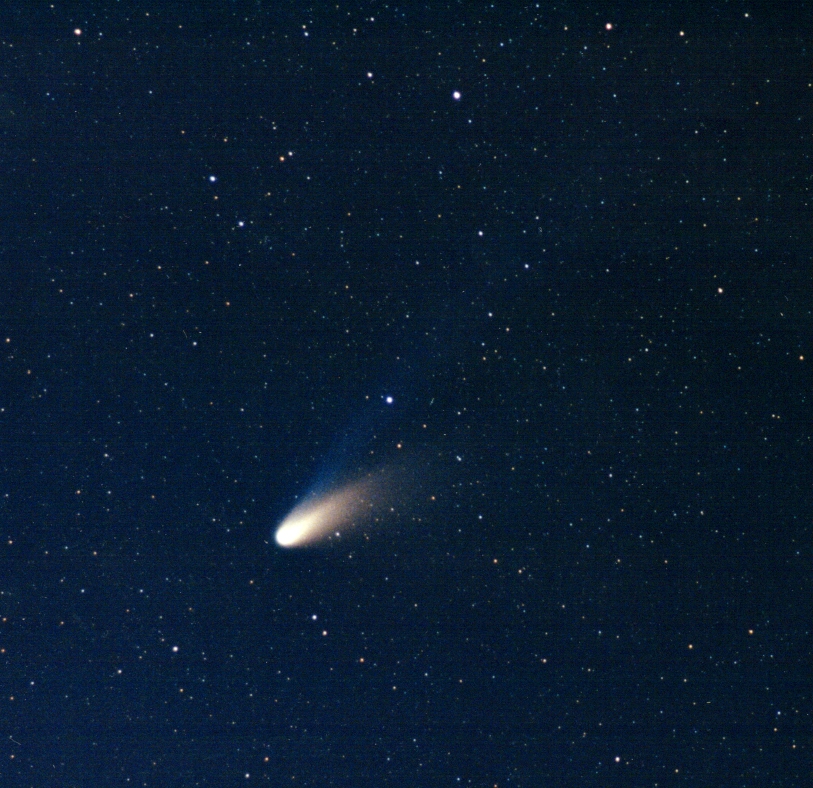
Planets
Detected around other Stars
-
If planet(s) are
heavy, star gets pulled around
-
Detect resulting
wobble visually (see it move) or spectroscopically (with the Doppler shift)
